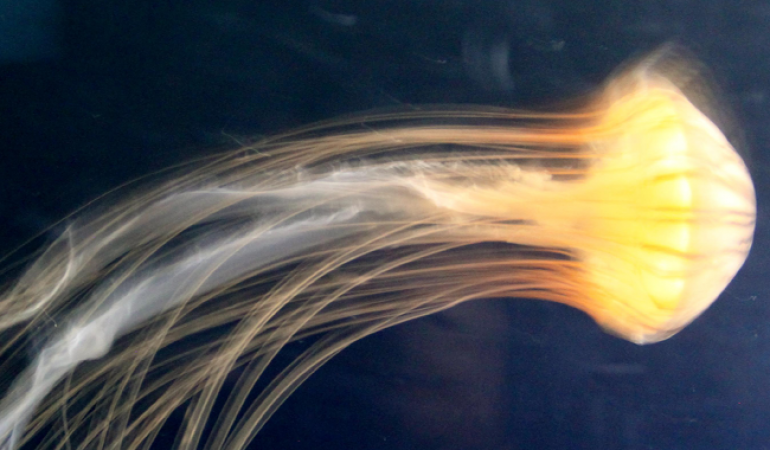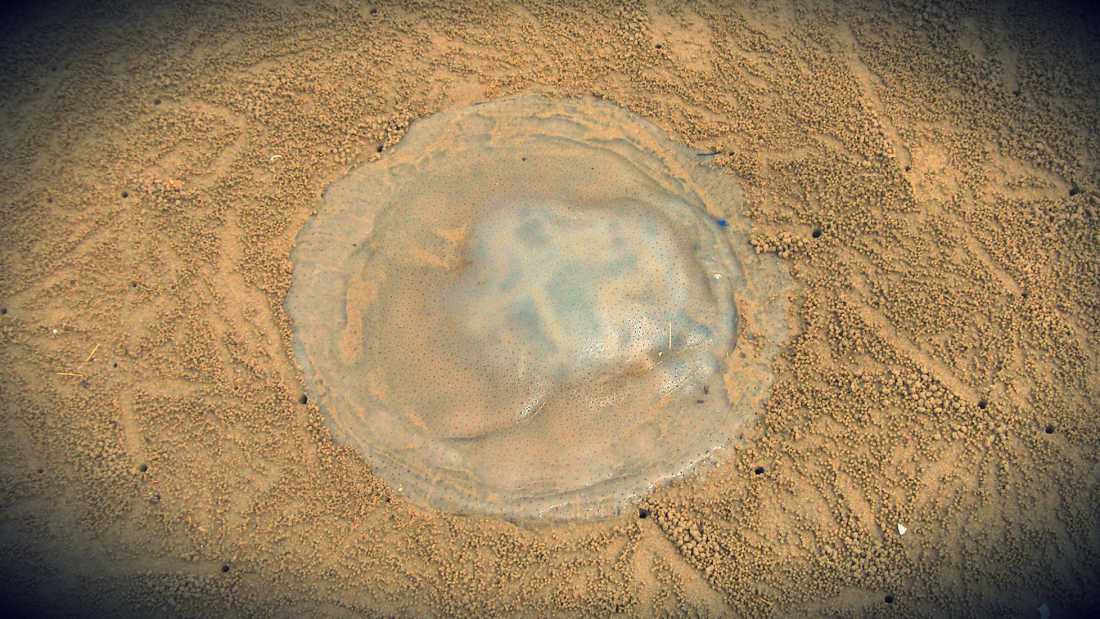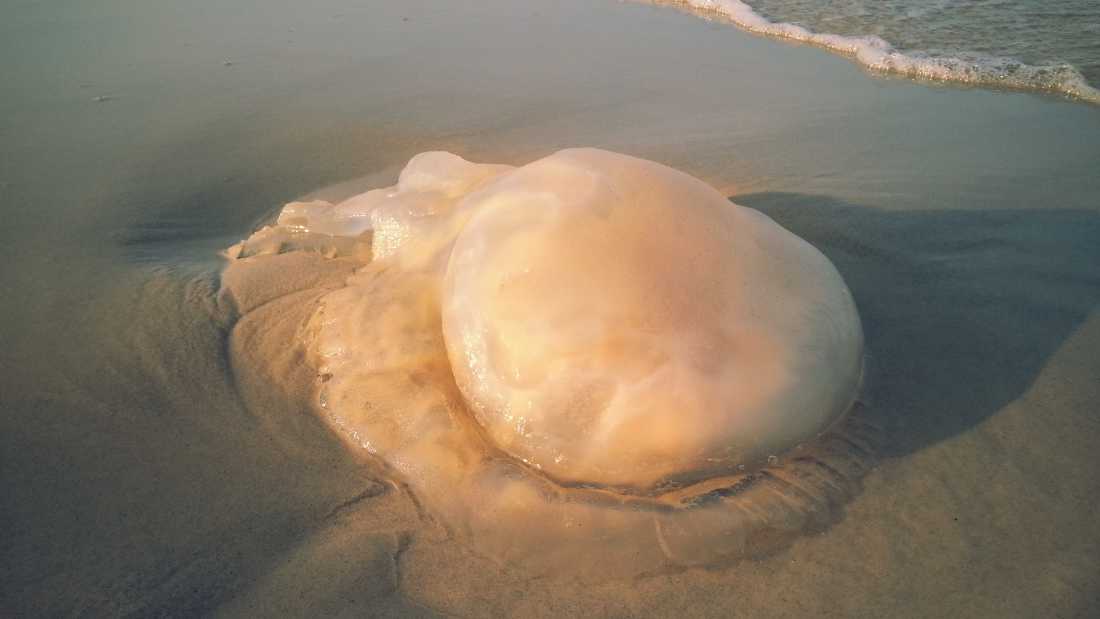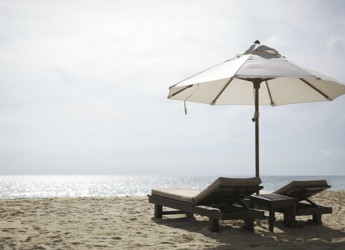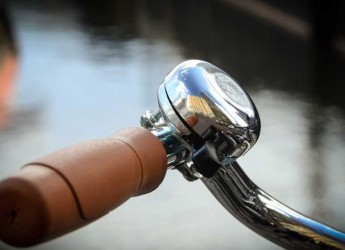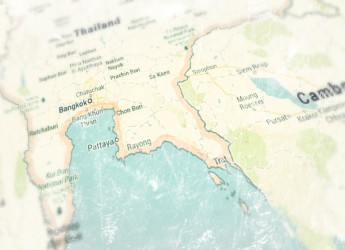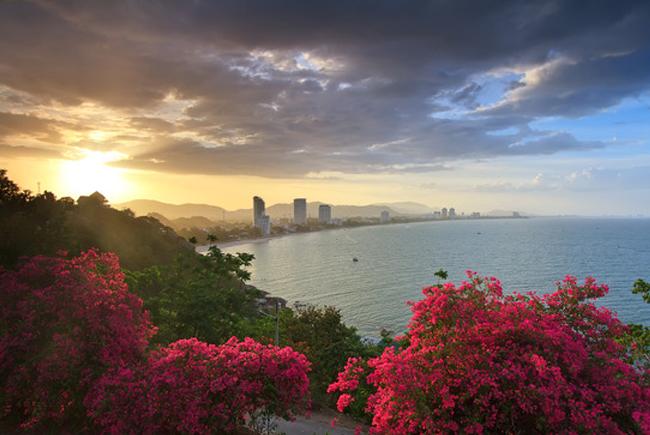Hua Hin Jellyfish – Facts and Dangers
Hua Hin Jellyfish can be a bit of a pain when you come across them by accident
While the beach at Hua Hin may be something to celebrate the warm tropical waters also hold there own dangers as many a sun worshiper has been unfortunate to discover. Jellyfish are one unwelcome visitor to the beaches that prove especially troublesome during the rainy season.
It is the tentacles of these gelatinous creatures that are the cause of the stings. Tiny barbs inject poison into the body when they come into contact with the skin. Meant for disabling and stunning their prey, humans are often the unfortunate receivers when sharing their waters.
If you are unfortunate to be stung then it’s often difficult to identify the type of jellyfish that has stung you due to the often sandy waters obscuring the view.
You will often find that several of the hotels will post messages on the beach entrance warning when there are jellyfish in the vicinity but use a bit of due diligence and have a look yourself before entering the waters.
Types of Jellyfish in Hua Hin
There are typically three types of jellyfish seen in and around the Hua Hin area. Unfortunately, if you get stung, then it’s unlikely that you’ll be able to determine which type actually got the better of you as they can remain well hidden in the surf.
The large white variety can grow are hard to miss when they wash up on the beaches as they can grow to more than 30cm in diameter. Although big the sting you normally get from one is not as bad as one from one of the smaller varieties. The almost translucent body has small brown dots over it.
There is also a smaller version of the white ones which seem to pack more of a punch. Whether they are just the immature young of the larger variety remains to be seen but they are harder to see in the surf.
Finally there are the small brown ones. These are the most dangerous with regard to stinging and can cause deep burns to the skin.
They have been reports of the deadly box jellyfish becoming increasing common in the Gulf of Thailand in recent years but at present they are rarely seen inshore.
When’s the Hua Hin Jellyfish Season
There are jellyfish in the sea all year round but they tend not to come too close to shore until the rainy season, probably due to the direction of the sea currents and tides.
The months of June to October are the worst affected months so extra care should be taken if you want to go swimming in the sea especially after rainfall.
How to Protect Yourself from Jellyfish
The best way to prevent yourself being stung in the first place is not to go into the water but the allure of the sea is hard to avoid if you are here on a beach holiday. Nevertheless you’ll find that most of the seaside resorts and hotels have large swimming pools that are clean, clear and more children friendly if you so decide.
Another way is to stay covered up when you enter the water. There are long sleeved Lycra swimwear and bodysuits available in the local shops which will not only help protect you from stings but also from the sun. Perfect for children.
You can also use a little common sense and check with the locals or hotel staff as to whether jellyfish are in the area or just have a look on the sand at the waters edge to see if there are any jellyfish lying around.
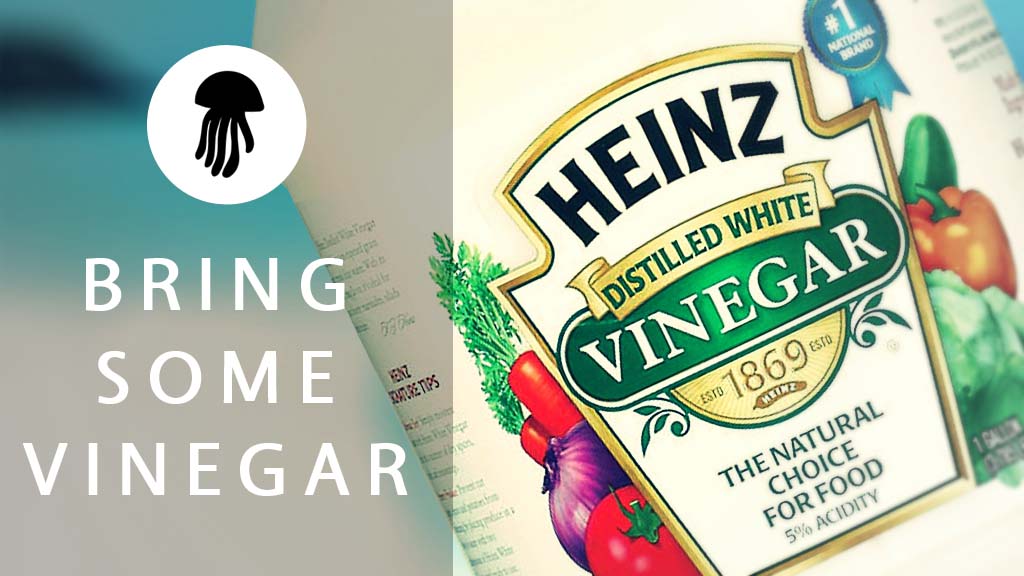
vinegar can help reduce the sting of the jellyfish
What to Do if You Get Stung by a Jellyfish
Getting stung by a jellyfish is no laughing matter. Not only is it painful, especially for youngsters, but it can lead to scaring of the skin and in extreme cases such as happens with Box Jellyfish, death. It is therefor essential that you treat any stings as quickly as possible and seek medical attention when required.
There are several ways to treat jellyfish stings some of which may or may not be effective such as urinating on the area (the ammonia in the urine may give some relief) but the general consensus is to:
- Try to remain calm
- Get out of the water
- Treat with vinegar or salt water if not available (although less effective)
- Remove the barbs and treat again with vinegar
If the pain does not start to subside quickly or you are left with a large open wound then it may be wise to visit one of the local Hua Hin hospitals.
Try not to scratch any wounds or blisters as you may just open up the wound and make the infection worse. Also, do not flush the area with fresh water as this may activate the poisonous barbs in some variety of jellyfish and make the aggravate the sting.
You can always ask one of the local hotel staff for help but use your own judgement when offered remedies as we’ve seen people offered aloe vera lotion as an antidote. While it may help with the itching if applied liberally enough it could also be that the staff thought that sunburn was to blame.
So if you’re going to hit the beach during the rainy season be cautious of what’s lurking under the water and maybe pack a little vinegar as well.
